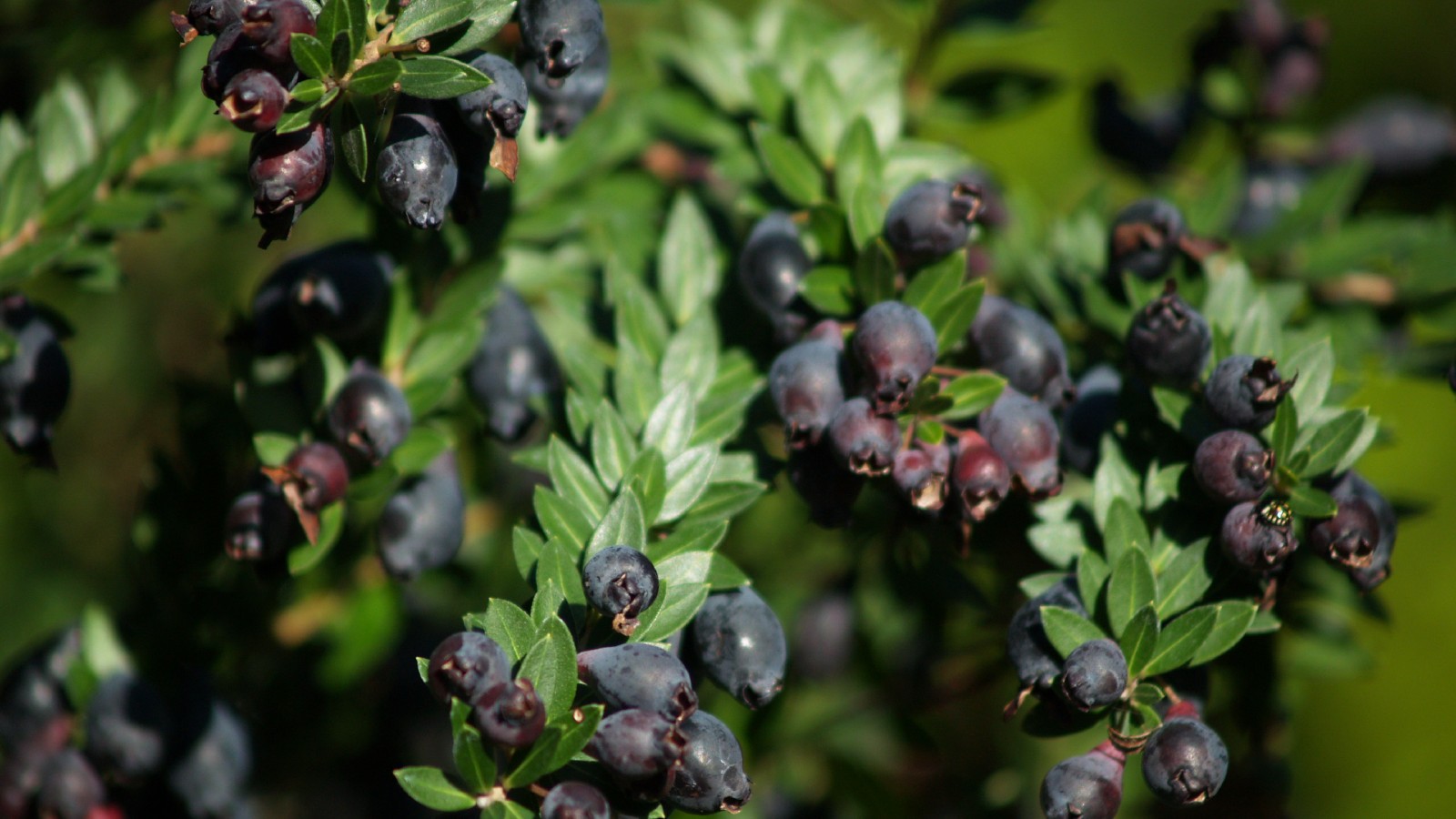In winter, not everything sleeps. Four signs of natural life in the Gulbenkian Garden
Gardens for wildlife
If you take a closer look at the Gulbenkian Garden or other green spaces around the country, you’ll find signs that many species of the natural world are still in fully active at this time of year. Here are some examples that might inspire you to get out of the house and experience nature on these colder days, even in the city.
The European nettle tree, myrtle and other plants are full of berries
In fact, the term “berries” is commonly used to refer to fruits that can be very different from a botanical point of view: the term can include anything from berries to drupes, capsules and other types of fruit, depending on the plant in question, explains Carine Azevedo, a forest resources engineer who works as a consultant in plant heritage management and also in science communication.
Among the most common trees and shrubs that are adorned with red fruits during the coldest season of the year, in the Gulbenkian Garden we find: the European nettle (Celtis australis), myrtle (Myrtus communis), holly (Ilex aquifolium), laurel (Laurus nobilis), elder (Sambucus nigra), yew (Taxus baccata)
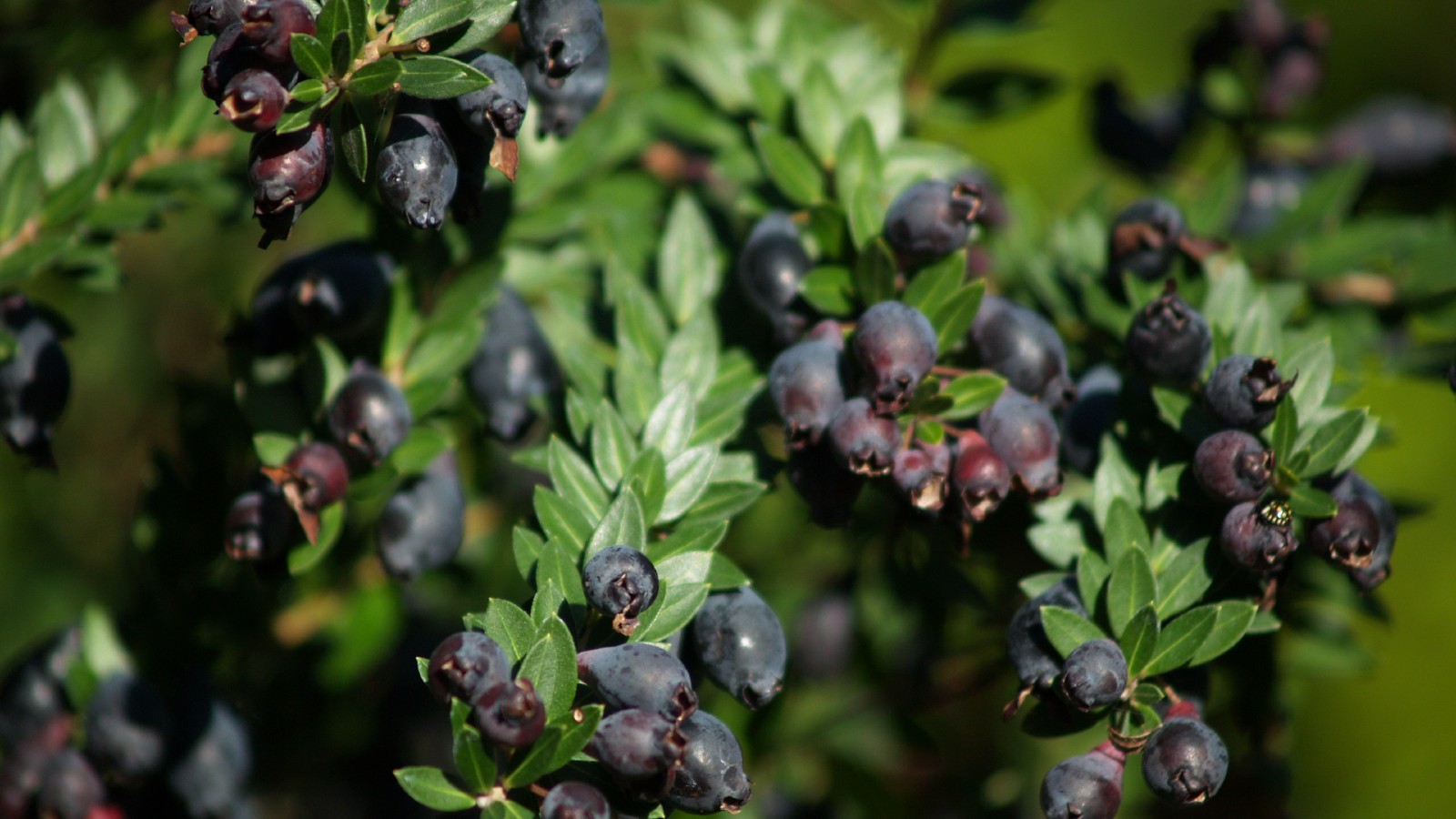
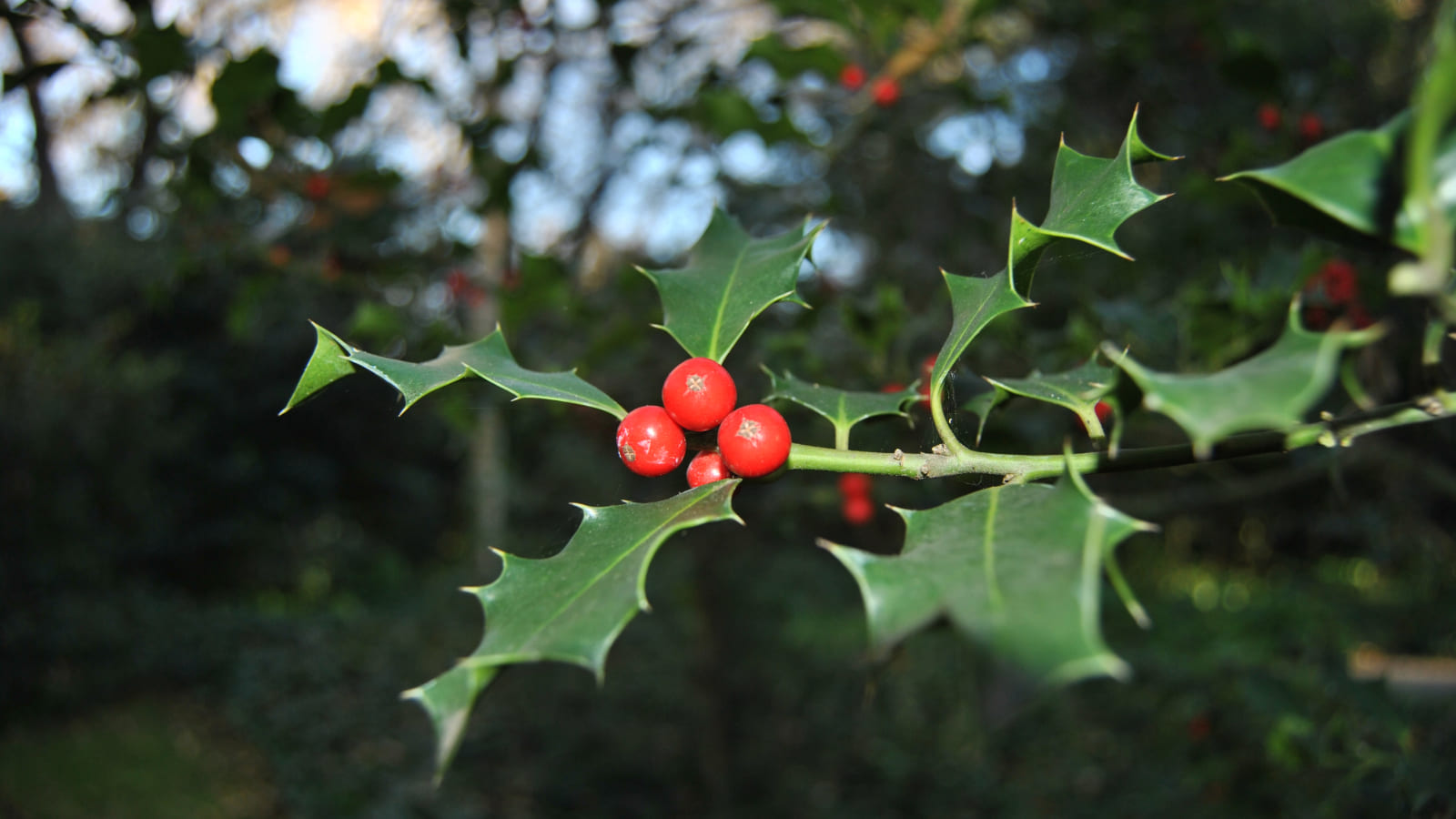
But why is it that winter and autumn are when these small fruits are most abundant? One of the reasons is related to seed dispersal: “producing attractive fruits during the colder season is an effective tactic for attracting animals that feed on them, as in the case of many small birds,” he points out. “After eating the fruit, the animals disperse the seeds through their droppings, contributing to the spread of these plants.”
On the other hand, as the days are now colder, “winter provides a period of dormancy that allows the seeds to remain inactive until conditions become favourable for germination in spring.”
While several species flower in spring and summer, the fruit only ripens in the colder half of the year, thus also following the life cycle of pollinating insects. Carine Azevedo adds: “This strategy aims to attract these insects during the pollination seasons, ensuring that the flowers will be pollinated and that, as a result, fruit production and ripening will occur in autumn or winter.” For the plants themselves, berries are also important as a “strategic reserve”, as they “provide essential resources during the period when photosynthesis is reduced due to less solar exposure.”
Many carpet-forming mosses undergo enormous growth
In mainland Portugal alone, more than 700 species of mosses are known today, explains César Garcia, curator of the bryophyte collection at the LISU herbarium, linked to MUHNAC – the Natural History and Science Museum of the University of Lisbon.
While not all mosses undergo changes at this time of year, as is the case with those that line tree trunks, many species show “enormous growth” during periods of “high humidity”, notes the botanist, especially in the group of mosses that form mats on the ground. Among the most common of this group are Hypnum cupressiforme, Homalothecium sericeum, Pseudoscleropodium purum and Scleropodium touretii.
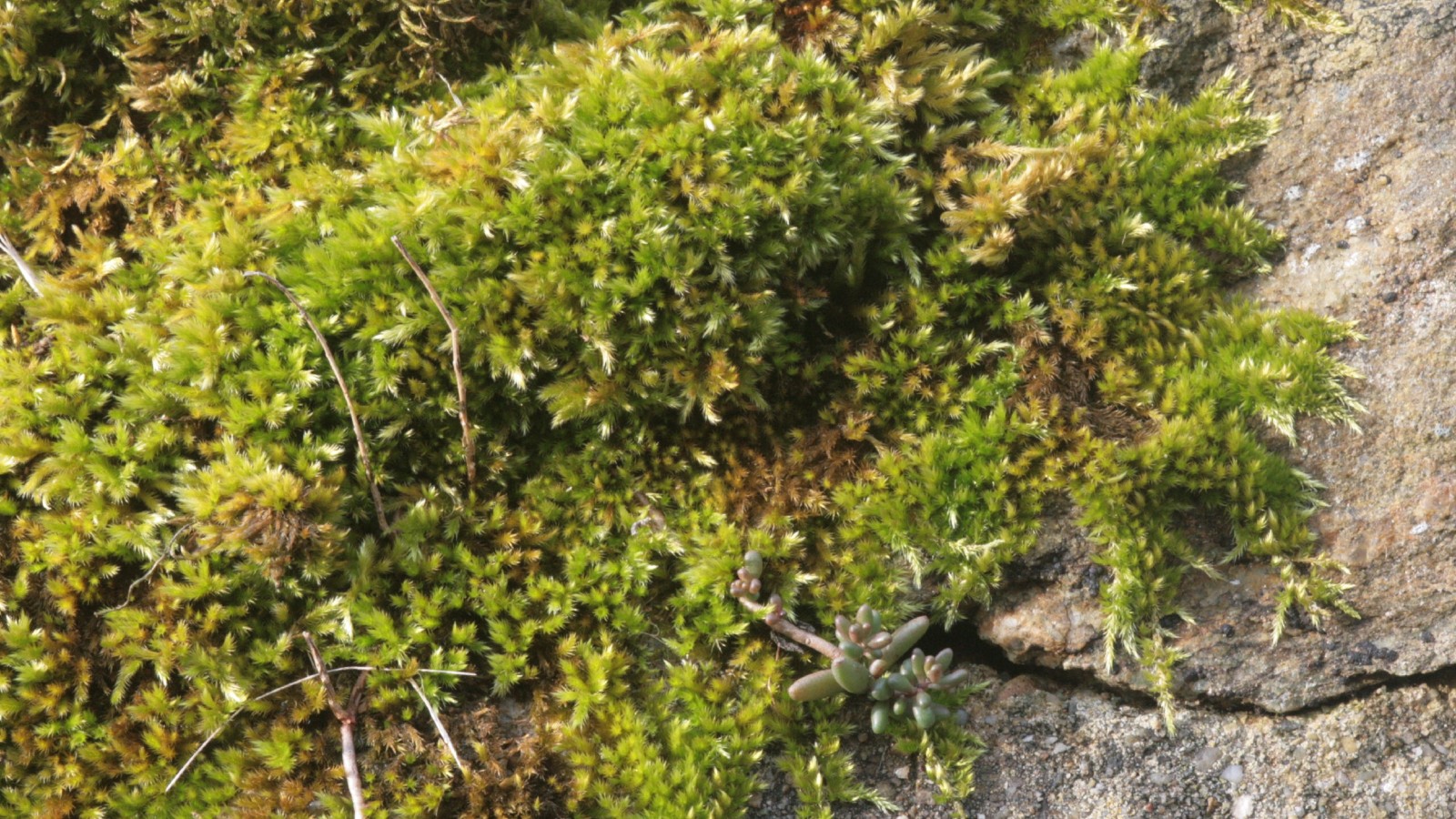
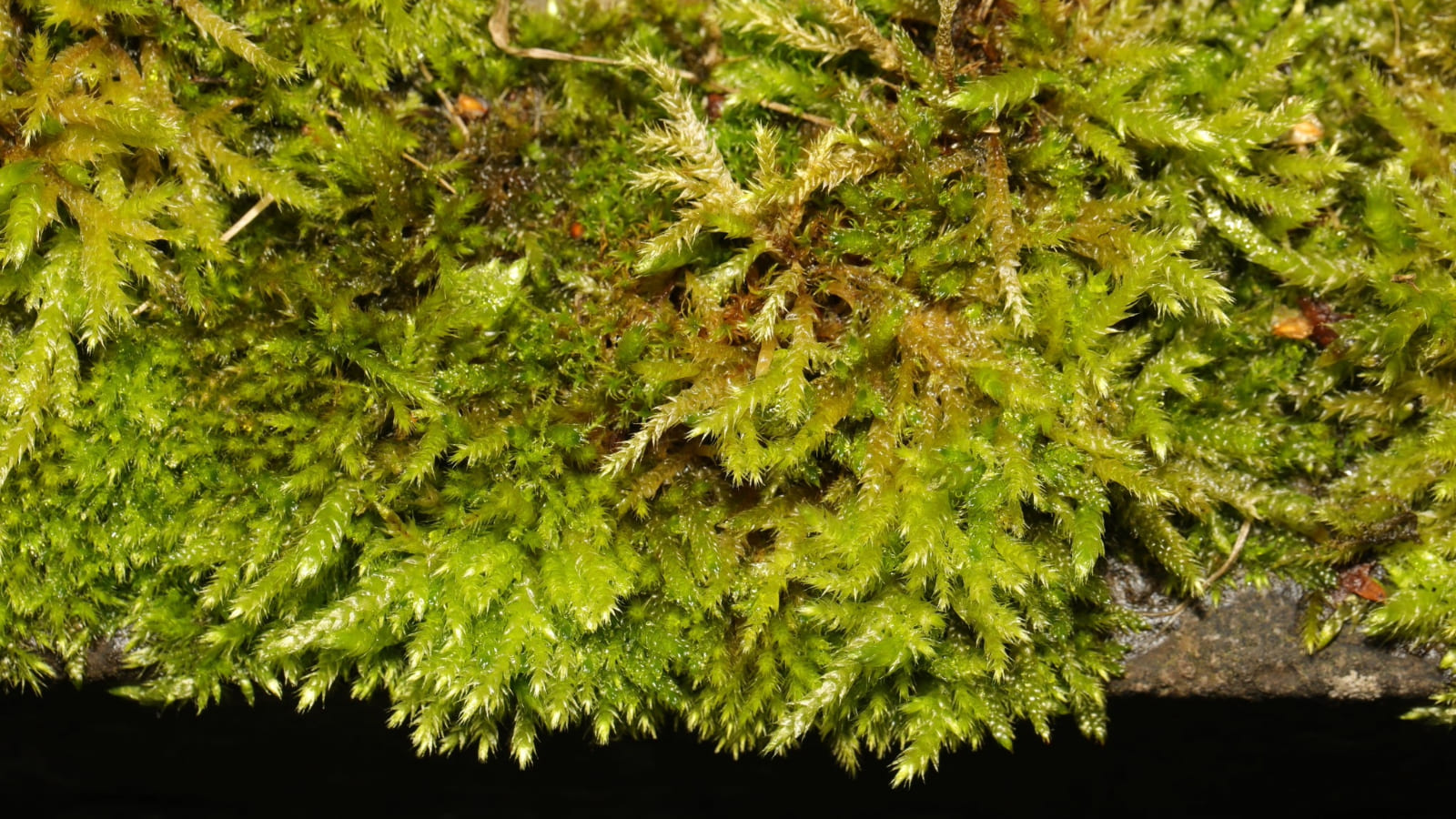
It’s breeding time for many snails
It is during this time of year when there is more humidity that many species of snails reproduce and lay their eggs, especially in the southernmost areas of the Iberian Peninsula, explains Gonçalo Calado, a professor at Lusófona University.
Here, many snails breed in winter and estivate in summer, which means they mate in the colder half of the year and become immobile and dormant when it gets hot, a behaviour that is expected to become common in the north of the Iberian Peninsula as climate change progresses.
On a curious note, these molluscs are considered to be incomplete hermaphrodites, since they can assume both male and female sexes when the mating season arrives, but they need each other to be able to conceive.
Of the hundred or so different species of land snails known in mainland Portugal, three of the most common, identified by the citizen science platform Biodiversity4All, are the Garden snail (Cornu aspersum), the White garden snail (Theba pisana) and the Milk snail (Otala lactea).
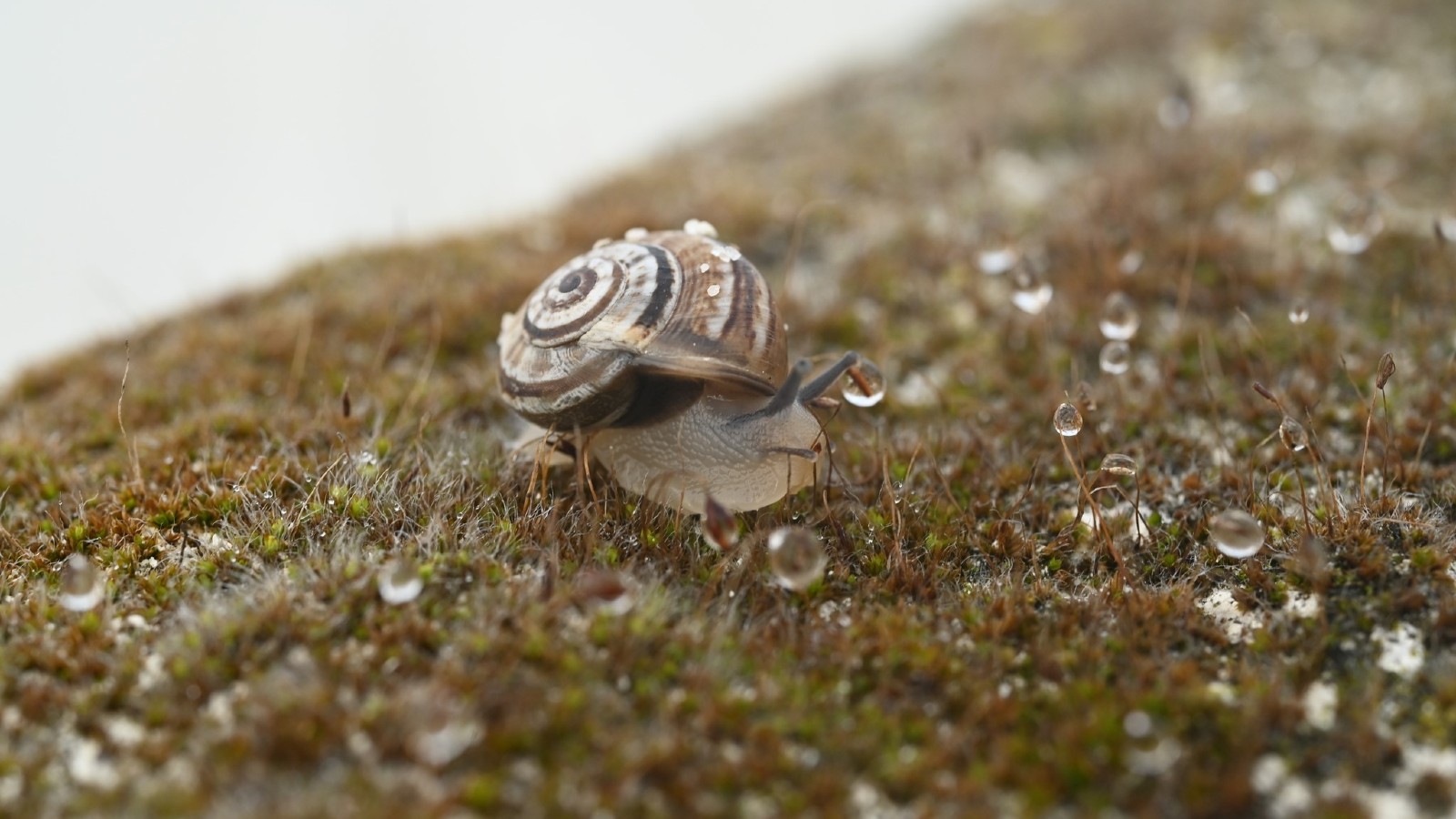
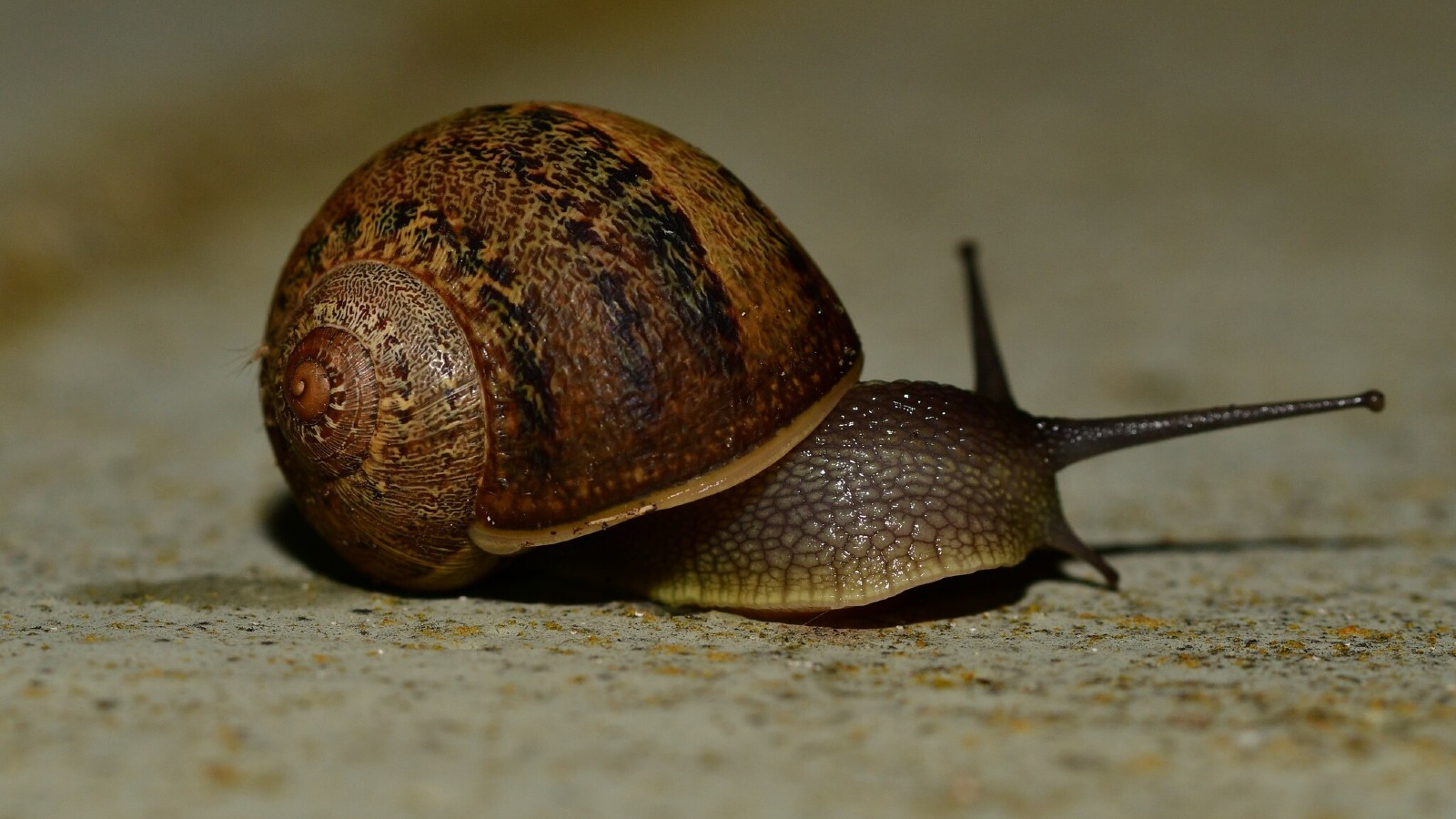
As well as snails, many slugs (similar to the former but without an outer shell) become more active after rains or on damp nights.
Despite being considered a pest by many horticulturists, both snails and slugs play important roles in ecosystems, feeding on plant debris, fungi, insects and centipedes. They are also an important source of food for countless animals, from hedgehogs and badgers to snakes and lizards, fireflies, and not to mention countless birds such as blackbirds and starlings.
The best time to see European robins and other birds
Almost half of the 42 known bird species in the Gulbenkian Garden are resident, meaning they stay in Portugal throughout the year, explains João Eduardo Rabaça, ornithologist and university professor, in his book As Aves do Jardim Gulbenkian [The Birds of the Gulbenkian Garden]. However, numbers increase in the winter months due to the arrival of birds of the same species from other European countries in search of warmer temperatures and food. The European robin (Erithacus rubecula), the Common chiffchaff (Phylloscupus collybita) and the Eurasian blackcap (Sylvia atricapilla) are examples of birds that become easier to spot at this time of year.
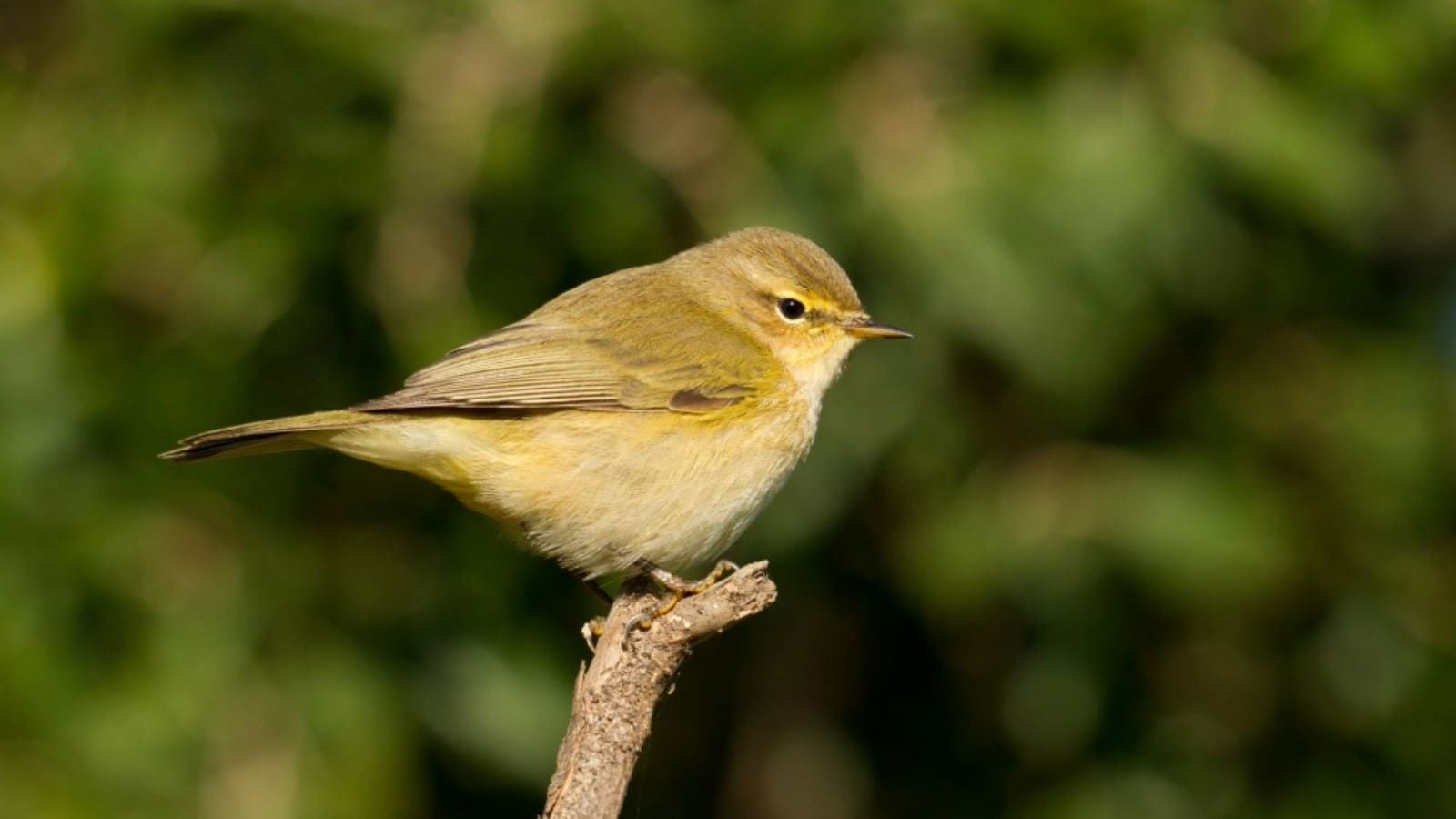
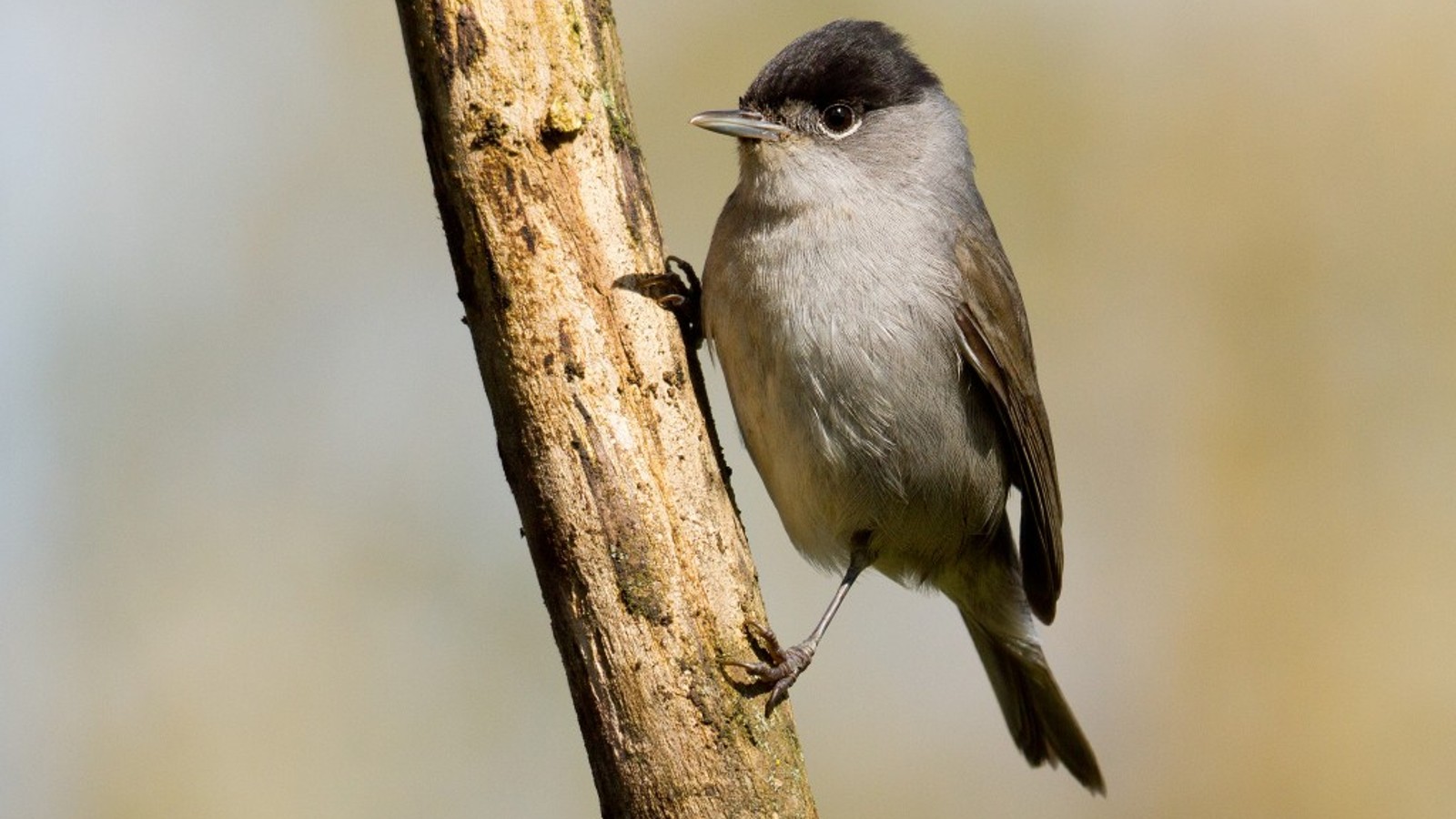
There are also other species that remain in Portugal only during the periods of coldest weather, migrating later to the areas where they usually breed. This is the case of the Common starling (Sturnus vulgaris), the Eurasian siskin (Carduelis spinus) and the Song thrush (Turdus philomelos).
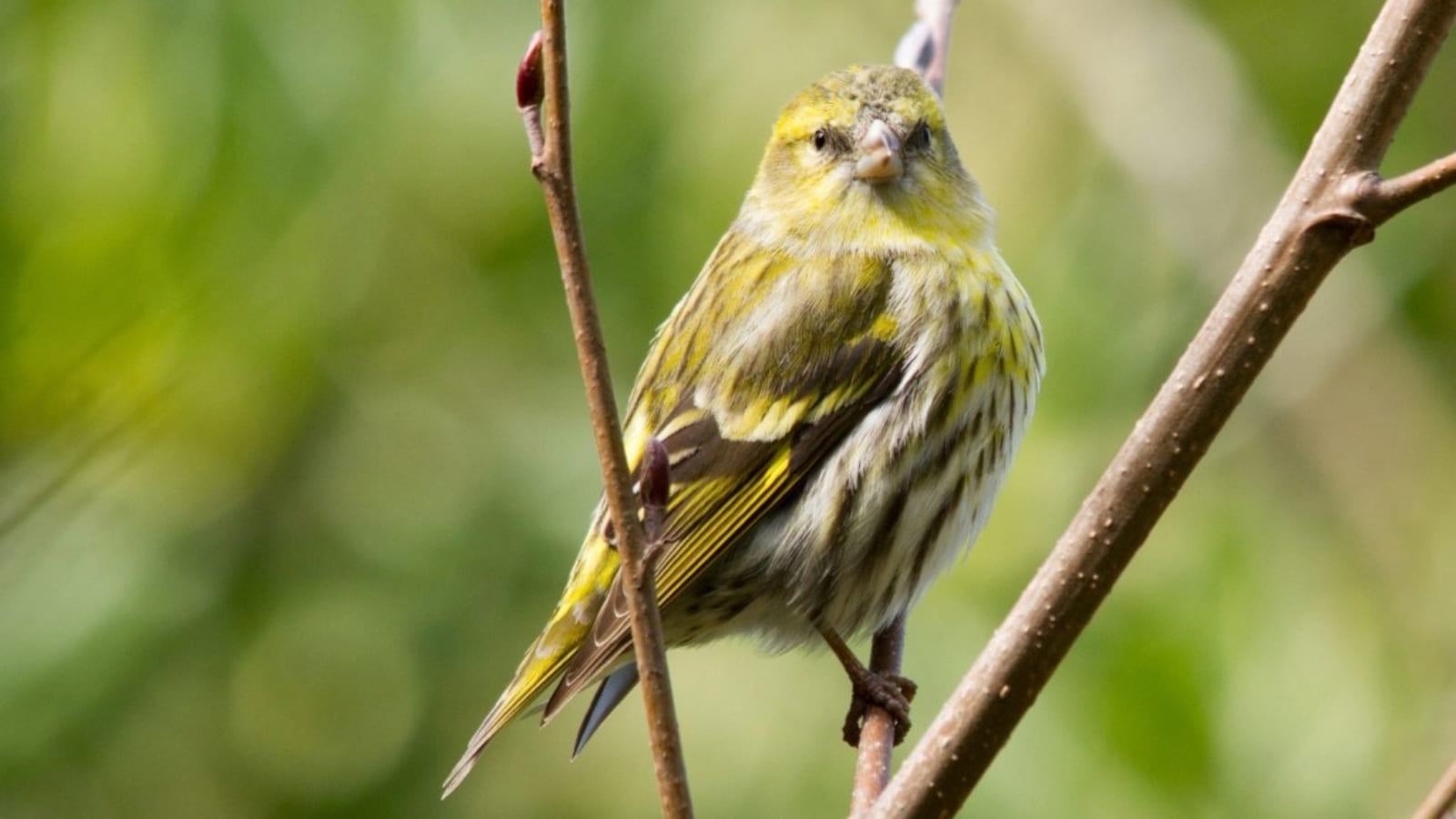
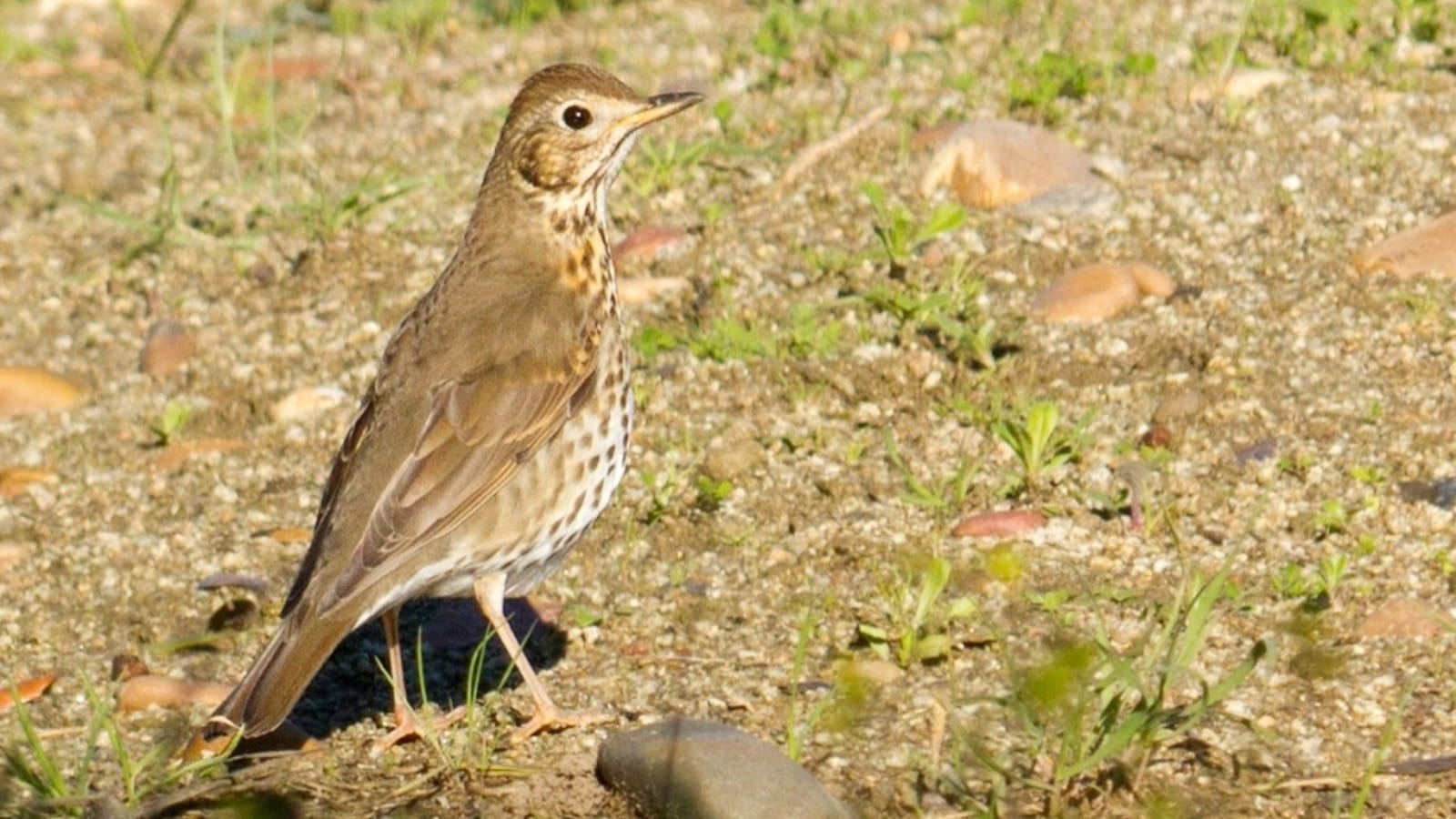
Gardens for wildlife
Throughout the year, the Gulbenkian Garden is promoting a series of visits focused on how to make our gardens, parks and land, both inside and outside cities, more welcoming for wildlife – fundamental for life on Earth! Wilder magazine follows these visits and publishes articles on each of the different topis covered in partnership with the Gulbenkian Foundation.
